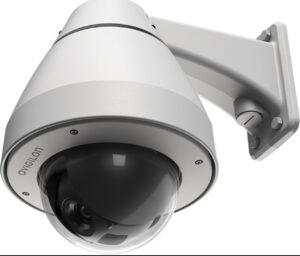Numerical IPv4 Security Cameras (Internet Protocol version 4) is a protocol used to identify devices on a network and to facilitate communication between them. It is the fourth version of the Internet Protocol and has been widely used since its development in 1981. IPv4 addresses consist of 32 bits and are written in the dotted-decimal notation, with each octet represented as a number from 0 to 255.
Here are some key features of IPv4:
- Addressing scheme – IPv4 addresses are made up of 32 bits, which are divided into four octets. Each octet is represented by a number from 0 to 255, separated by dots. Moreover This results in a total of approximately 4.3 billion unique IP addresses.
- Private and public addresses – IPv4 addresses can be categorized as private or public. Private addresses are used within a local network, while public addresses are used to communicate with devices on other networks, including the internet.
- Subnetting – IPv4 addresses can be divided into smaller subnets and creating multiple networks within a more extensive network.
- Routing – IPv4 uses routing protocols to determine the best path for data to travel between devices on a network.
- NAT (Network Address Translation) – NAT is a technology that allows multiple devices on a private network to share a single public IP address. Moreover which can help conserve the limited number of public IPv4 addresses.
Overall, IPv4 is a widely used protocol for identifying devices on a network and facilitating communication between them. It’s addressing scheme and routing protocols have been critical to the development of the internet and continue to be used today. However, the limited number of available IPv4 addresses has led to the development of IPv6 as a replacement protocol.
Security camera setting up Numerical IPv4 Security Cameras, Los Angeles, California. CA expert in providing CCTV remote monitoring. Furthermore Security camera systems in Los Angeles, California, CA, and CCTV Camera Install.
Call Us Now for a FREE Estimate
(213) 761-7900

